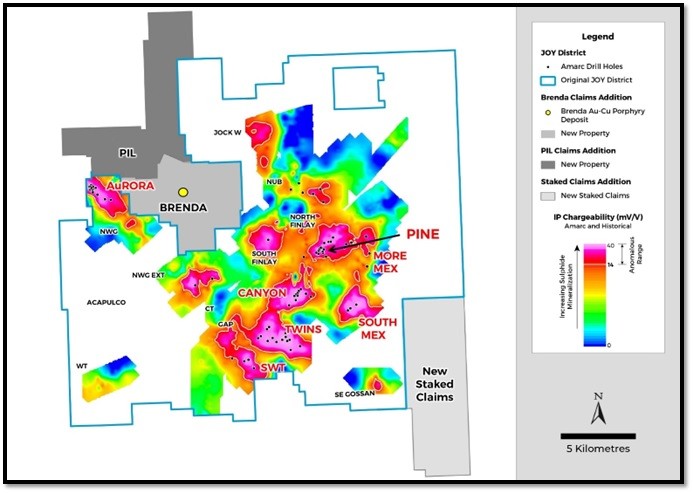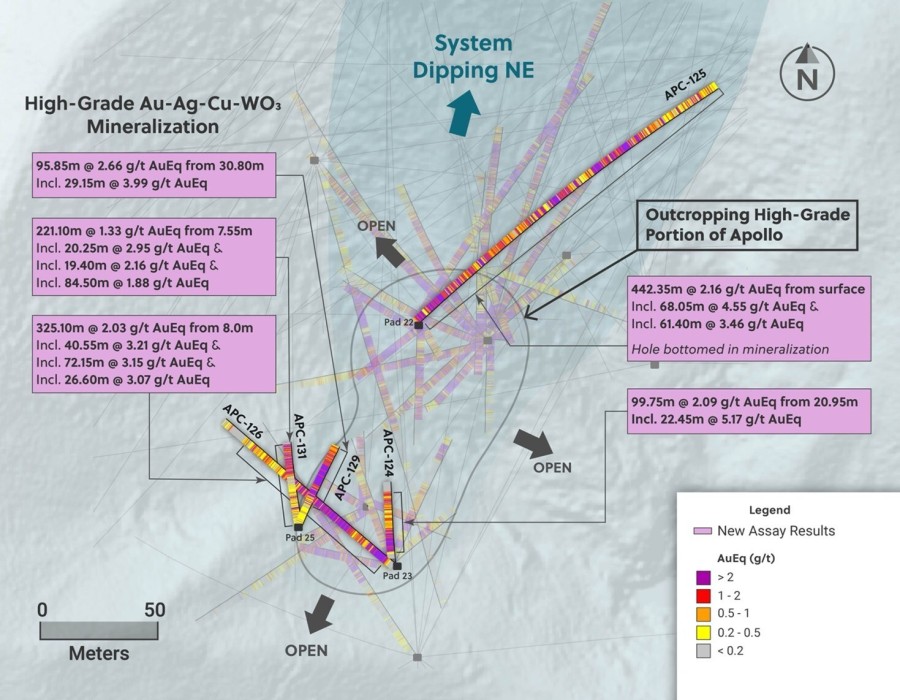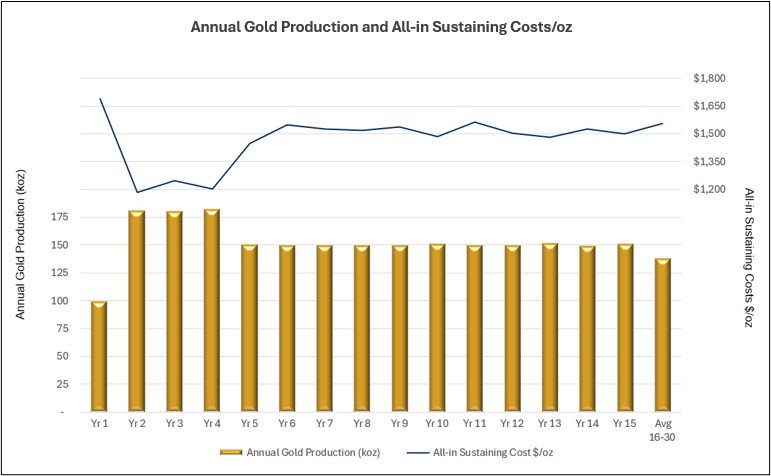VANCOUVER, BRITISH COLUMBIA--(Marketwired - April 5, 2017) - Search Minerals Inc. (TSX VENTURE:SMY) ("Search" or the "Company") is pleased to announce the results from a bench-top demonstration test on a Deep Fox mineral sample using the Search Minerals Direct Extraction Process. The test was completed at SGS Laboratories in Lakefield, Ontario.
The Deep Fox sample (a surface channel sample) containing 1.59% TREE including 2,470 g/t Neodymium (Nd), 697 g/t Praseodymium (Pr) and 306 g/t Dysprosium (Dy) was crushed to pass 10 mesh in particle size. The sample was mixed with sulfuric acid and heated at 190 °C for 8 hours before water leaching for 36 hours at 90 °C.
At the end of the water leach, the remaining solids were filtered and washed. The washed solids, the leachate and the wash solution were then analyzed.
Test Highlights:
- Deep Fox extractions of 90.8% Nd, 90.5% Pr, 81.3% Dy and 82.5% Terbium (Tb) - (complete extractions shown below in Table 1 below).
- The extractions from Deep Fox compare favourably with the extractions from the Foxtrot recent pilot plant sample of 85% for Nd, 86% for Pr, 68% for Dy and 71% for Tb, (See Search News Release-October 15, 2015 - Search Minerals announces expansion of the Deepwater Fox "Critical REE" prospect in the Port Hope Simpson REE District).
- The Deep Fox surface channel sample was approximately 1.65 times higher in TREE grade compared to the Foxtrot Pilot Plant sample.
Greg Andrews, Search President and CEO states: "We are very encouraged by these high extraction results from our Deep Fox channel samples. The metallurgical process refined and verified at pilot plant scale for our Foxtrot material has, during this bench scale testing, performed even better with the Deep Fox material. Deep Fox channel grades are up to 15% higher than those at Foxtrot along a similar strike length. A primary objective noted in our recently announced decision to raise $3 million through private placement is to validate our Port Hope Simpson Critical Rare Earth District concept by drilling Deep Fox. Obviously, these recovery rates provide an additional incentive to drill this prospect."
Andrews added: "Search continues to optimize the extraction recoveries of the key rare earth elements which are crucial for the permanent magnet market. These elements include: Neodymium, Praseodymium, Dysprosium, and Terbium. All these elements are forecasted to be in short supply due to rapidly growing demand for renewable power generation, electric mobility, and energy-efficient technologies."
Table 1. Extractions of Rare Earth Elements from the Deep Fox Sample
| Element | % | |
| La | 88.5 | |
| Ce | 90.4 | |
| Pr | 90.5 | |
| Nd | 90.8 | |
| Sm | 89.0 | |
| Eu | 87.8 | |
| Gd | 86.9 | |
| Tb | 82.5 | |
| Dy | 81.3 | |
| Ho | 79.7 | |
| Y | 79.9 | |
| Er | 78.7 | |
| Tm | 71.8 | |
| Yb | 68.5 | |
| Lu | 61.4 |
Qualified Person:
Dr. David Dreisinger, Ph.D., P.Eng., is the Company's Vice President, Metallurgy and Qualified Person for the purposes of National Instrument 43-101 - Standards of Disclosure for Mineral Projects. Dr. Dreisinger has reviewed and approved the technical disclosure contained in this news release as applicable. The Company will endeavour to meet high standards of integrity, transparency, and consistency in reporting technical content, including geological and assay (e.g., REE) data.
About Search Minerals Inc.
Led by a proven management team and board of directors, Search is focused on finding and developing resources within the emerging Port Hope Simpson Critical Rare Earth Element ("CREE") District of South East Labrador (the "District"). The Company controls a belt 70 km long and 8 km wide including its 100% interest in the FOXTROT Project which is road accessible and at tidewater. Exploration efforts have advanced "Deep Fox" and "Fox Meadow" as significant new CREE prospects very similar and in close proximity to the original FOXTROT discovery. While the Company has identified more than 20 other prospects in the District, its primary objective remains development of FOXTROT with the clearly demonstrated success of the proprietary processing technology at the pilot plant level and delineation of prospects that will ensure competitive-low cost production beyond the 14-year mine life contemplated in the preliminary economic assessment of FOXTROT completed in April 2016. The FOXTROT Project has a low capital cost to bring the initial project into production ($152 M), a short payback period and is scalable due to Search's proprietary processing technology. The preliminary economic assessment is preliminary in nature and includes inferred mineral resources that are considered too speculative geologically to have the economic considerations applied to them that would enable them to be categorized as mineral reserves, and there is no certainty that the preliminary economic assessment will be realized. The preliminary economic assessment includes the results of an economic analysis of mineral resources. Mineral resources are not mineral reserves and do not have demonstrated economic viability.
All material information on the Company may be found on its website at www.searchminerals.ca and on SEDAR at www.sedar.com
About neo-CREOs (Adamas Intelligence - December 2016)
We consider neodymium, praseodymium, and dysprosium to be neo-CREOs and they are vital to NdFeB magnets used widely in renewable power generation, electric mobility, and energy-efficient technologies. We consider terbium to be a neo-CREO because upon experiencing shortages of dysprosium, consumers in the magnet industry will rapidly consume available terbium supplies in its place for applications involving renewable power generation, electric mobility and energy efficient technologies. Lanthanum is considered a neo-CREO because it is widely used in catalytic converters and rechargeable batteries, and will be increasingly used as a thermal stabilizer by producers of poly-vinyl chloride (PVC) to minimize lead consumption and improve the energy efficiency of PVC and other processing equipment.





